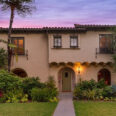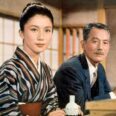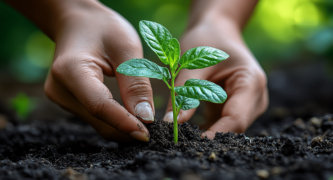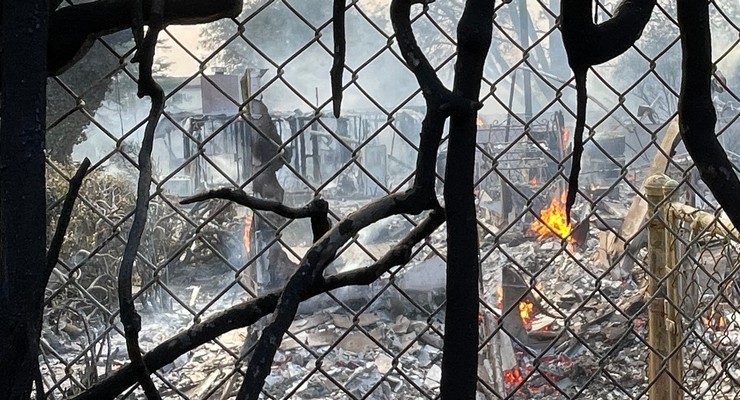
Pasadena’s Public Works Department is developing a new urban forestry approach that will prioritize native tree species and target plantings in the city’s hottest areas.
The revised strategy, presented during the May 13 Municipal Services Committee budget workshop for fiscal year 2026, aims to make the city’s tree canopy more resilient to climate change while addressing urban heat islands.
“We’re trying to come up with a system that puts the most sustainable, long-lasting, appropriate trees. There’s a lot of recent concerns for fire resistance of trees. There’s climate change to deal with. Tree science has advanced,” said Greg de Vinck, Pasadena’s Public Works Director.
The department plans to increase annual tree planting from the historical norm of 400 trees to 600 trees, with funding already approved for the current fiscal year and a request to maintain this higher level for fiscal year 2026, according to documents and discussion during the meeting.
The enhanced planting program represents a key component of the city’s response to its declared climate emergency.
Councilmember Tyron Hampton zeroed in on the importance of focusing on native species during the meeting.
“I hope that when it’s being presented [to other city bodies], maybe there will be some like-minded thinkers that will say, you know what? We should discontinue planting trees that are not native because trees that are typically not native, they don’t fare well in our climate, in our environment,” Hampton said.
de Vinck confirmed the new approach would prioritize indigenous trees: “There will be a focus on native species only.”
When Hampton specifically asked about discontinuing palm tree plantings, de Vinck responded, “I think we’re going to work our way away from that.”
He added that while new plantings would emphasize native species, there’s a different approach to existing non-native trees: “There is a passion for non-native trees when they’re established, and people like keep those. That’s that side of the argument.”
The forthcoming tree master plan will replace the current 25-year-old system, which de Vinck described as a “brute force” approach where the mandate often sounded unyielding: “This block gets this tree.”
The new plan will consider multiple factors in decision-making, including proximity to driveways, fire hydrants, narrow parkways, and overhead power lines. It will incorporate existing city-specific plans while creating an overarching framework that uses a flowchart approach to determine appropriate trees.
“We want a document that gives our arborists more control of picking the most appropriate tree in light of all these aspects that have changed in the last 25 years since the document was created,” de Vinck explained.
The new system may also offer more choices: “Residents might have an option of one or two or three trees. Sometimes staff may have an option of one or two or three trees.”
The city will use heat mapping data to determine priority planting locations. Hampton noted that certain sections of Pasadena experience significantly higher temperatures, and de Vinck agreed this data should guide planting efforts.
The oak tree was specifically mentioned as a beneficial native species that can reduce temperatures by 15 to 20 degrees beneath its canopy.
The draft tree master plan was scheduled to be presented to the Urban Forestry Advisory Committee on Wednesday, May 14, the day after the Municipal Services Committee meeting, for initial review.














 0 comments
0 comments



